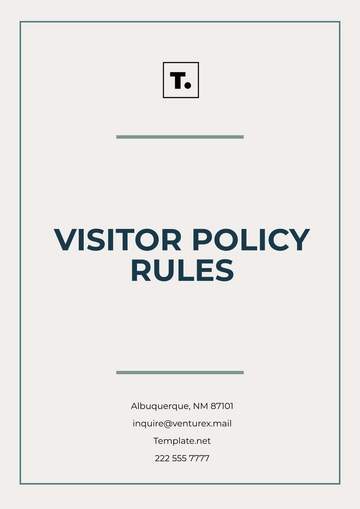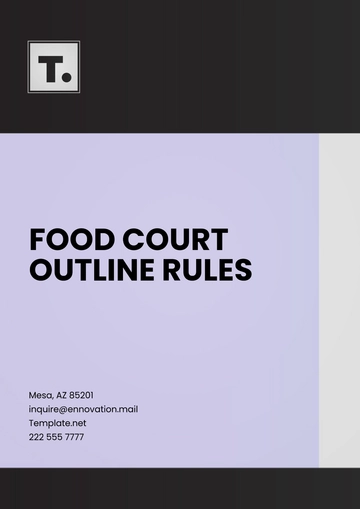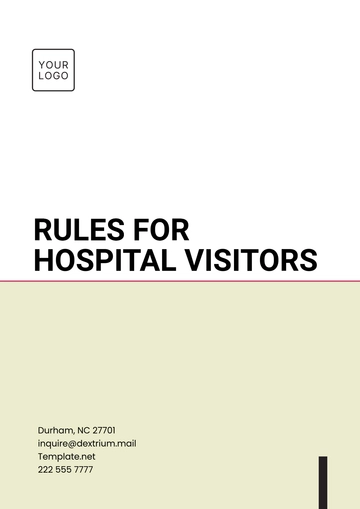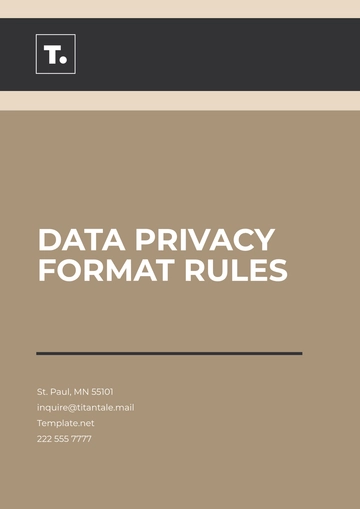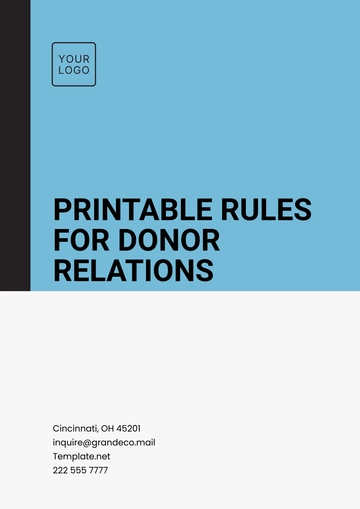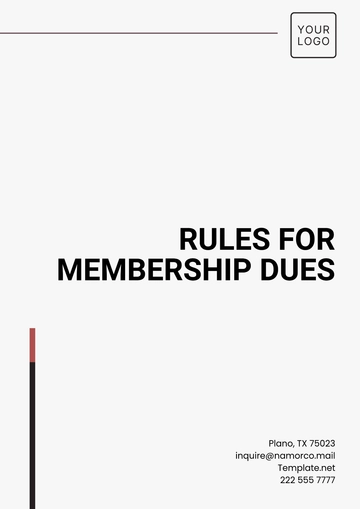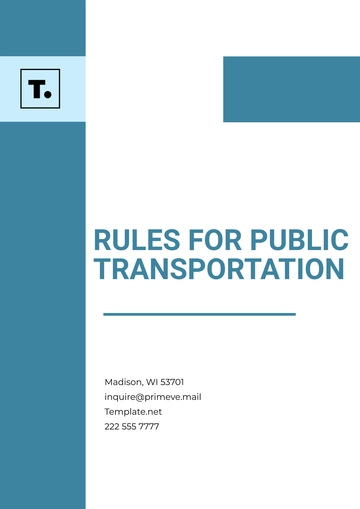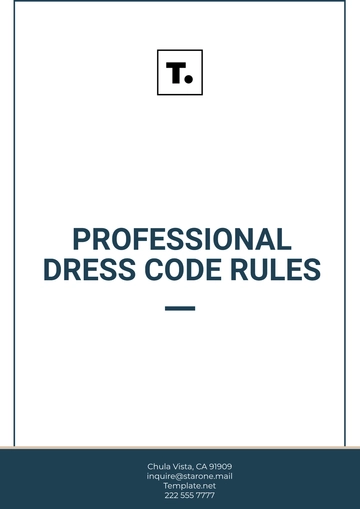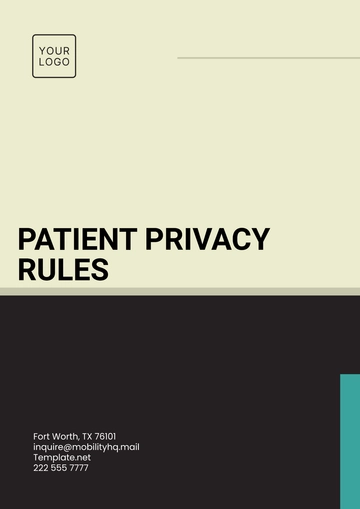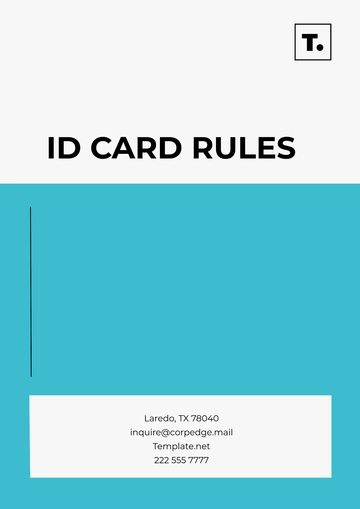Free Patient Privacy Rules
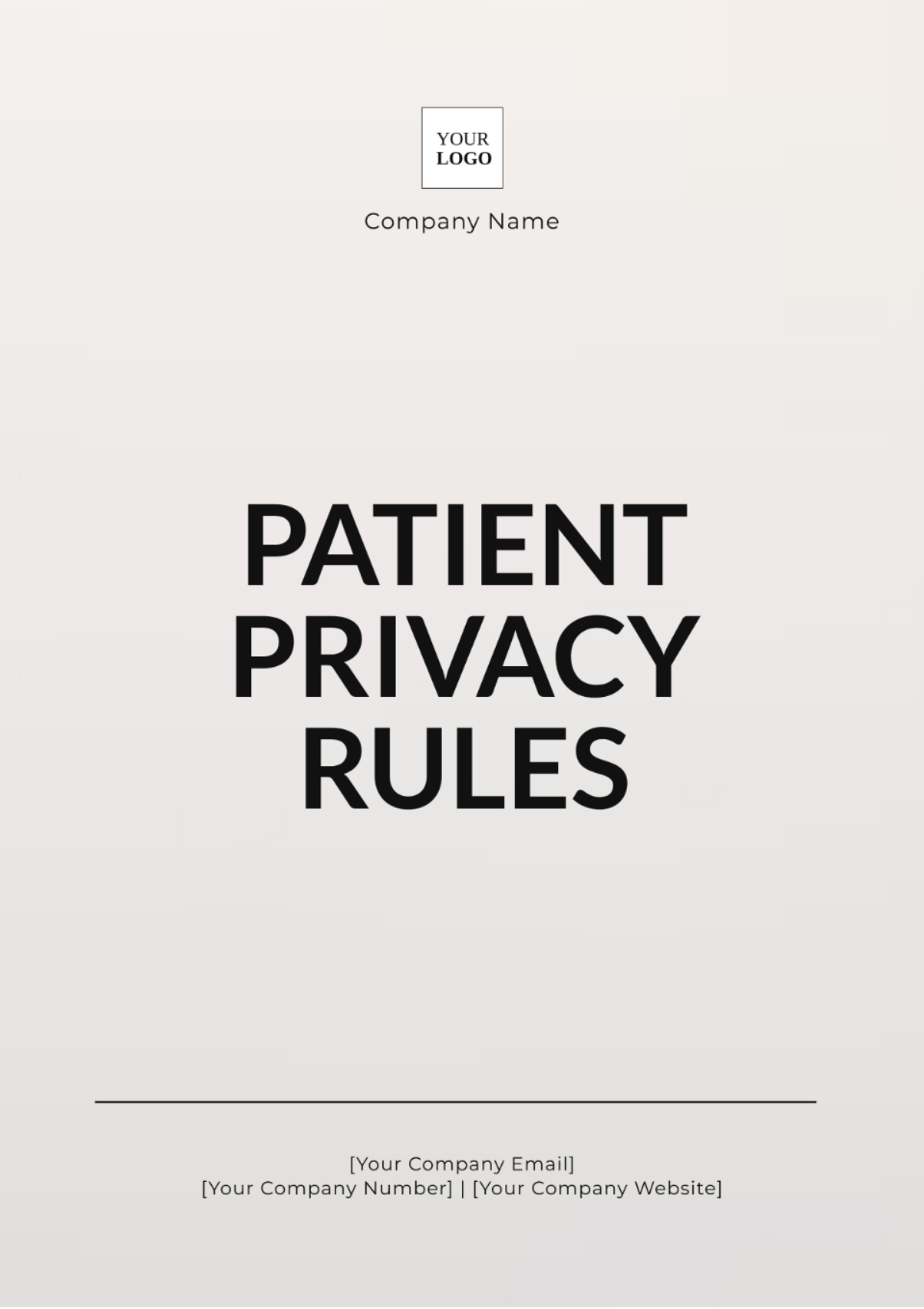
Prepared By: [YOUR NAME]
Date: [DATE]
I. Introduction
The Patient Privacy Rules establish the standards and guidelines for safeguarding the confidentiality, integrity, and security of patients' personal health information (PHI). These rules are designed to ensure that healthcare providers, insurance companies, and other entities handling PHI comply with legal requirements and respect patient privacy.
II. Purpose
The purpose of these Patient Privacy Rules is to protect patients' health information from unauthorized access, use, or disclosure. This document outlines the rights of patients, the responsibilities of entities handling PHI, and the measures that must be taken to ensure the privacy and security of PHI.
III. Definitions
Term | Definition |
|---|---|
PHI (Personal Health Information) | Any information about health status, provision of healthcare, or payment for healthcare can be linked to an individual. |
Covered Entities | Healthcare entities, including providers, plans, and clearinghouses, must comply with HIPAA rules. |
Business Associates | Third-party entities that perform services involving the use or disclosure of PHI on behalf of covered entities. |
IV. Patient Rights
Right to Access: Patients possess the entitlement to access and review their health records, as well as to request and receive a copy of these records for their personal use or any other purposes they might have.
Right to Amend: Patients who believe that their health information is inaccurate or incomplete have the right to submit a request for corrections. This allows them to ensure that their medical records accurately reflect their health status.
Right to an Accounting of Disclosures: Patients possess the right to formally request a comprehensive list of all entities and organizations with which their Protected Health Information (PHI) has been shared or disclosed.
Right to Request Restrictions: Patients have the right to request that certain restrictions or limitations be placed on how their Protected Health Information (PHI) is used and disclosed.
Right to Confidential Communications: Patients can request that their PHI be communicated through specific channels or to specific locations.
V. Use and Disclosure of PHI
Permitted Uses and Disclosures: PHI can be used and disclosed for treatment, payment, and healthcare operations without patient authorization.
Required Disclosures: PHI must be disclosed to the patient upon request and to the Department of Health and Human Services (HHS) for compliance purposes.
Prohibited Uses and Disclosures: PHI cannot be used or disclosed for purposes not permitted or required by law without the patient’s explicit authorization.
VI. Safeguards
Administrative Safeguards: Policies and procedures created to comprehensively supervise and handle the full spectrum of activities involved in selecting, developing, implementing, and maintaining security measures aimed at protecting Protected Health Information (PHI).
Physical Safeguards: Implementing comprehensive physical measures is crucial to protect electronic systems and data from environmental hazards (like floods and storms) and unauthorized access, ensuring their integrity, confidentiality, and availability.
Technical Safeguards: The technology, along with the policies and procedures established for its use, serve the purpose of protecting Protected Health Information (PHI) and controlling access to this sensitive data.
VII. Breach Notification
Identification of Breach: Regularly monitor and audit systems storing and transmitting PHI. Promptly report suspected breaches to the privacy officer. Investigate to determine the nature, extent, and parties involved.
Notification Requirements: Guidelines to specify the steps and responsibilities for informing impacted individuals, the Department of Health and Human Services (HHS), and, in specific instances, the media regarding a breach.
Mitigation: Contain the breach, secure systems, change access codes, train staff, offer credit monitoring for financial info, and review to fix security flaws.
VIII. Compliance and Enforcement
Training: All employees and associates must undergo regular training on patient privacy and the proper handling of PHI.
Audits and Monitoring: Regular audits and monitoring to ensure compliance with these rules and identify potential areas of improvement.
Penalties: Penalties for non-compliance, including disciplinary actions, fines, and potential legal consequences.
- 100% Customizable, free editor
- Access 1 Million+ Templates, photo’s & graphics
- Download or share as a template
- Click and replace photos, graphics, text, backgrounds
- Resize, crop, AI write & more
- Access advanced editor
Protect patient information with the Patient Privacy Rules Template from Template.net. This editable and customizable template helps you establish robust privacy guidelines. Easily adjust the rules to meet your facility’s standards using our Ai Editor Tool to ensure compliance with privacy regulations and safeguard patient data with this comprehensive template.


